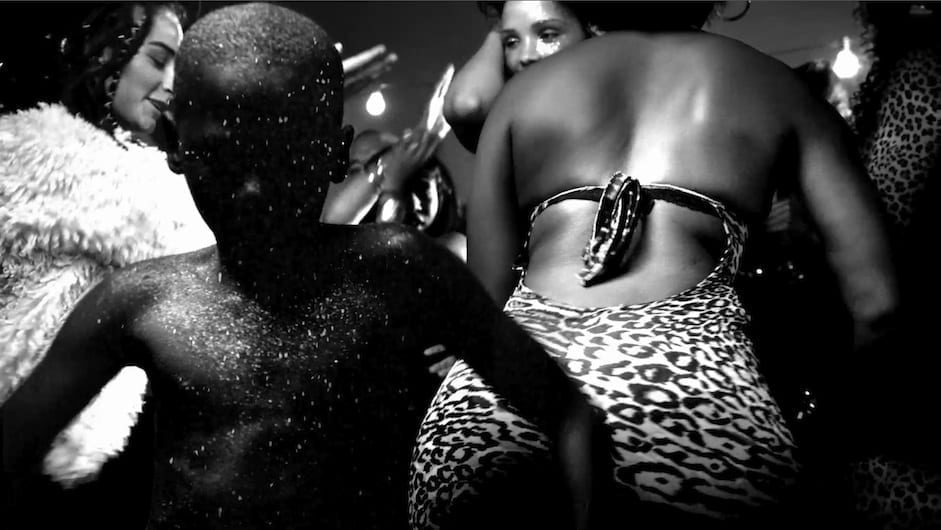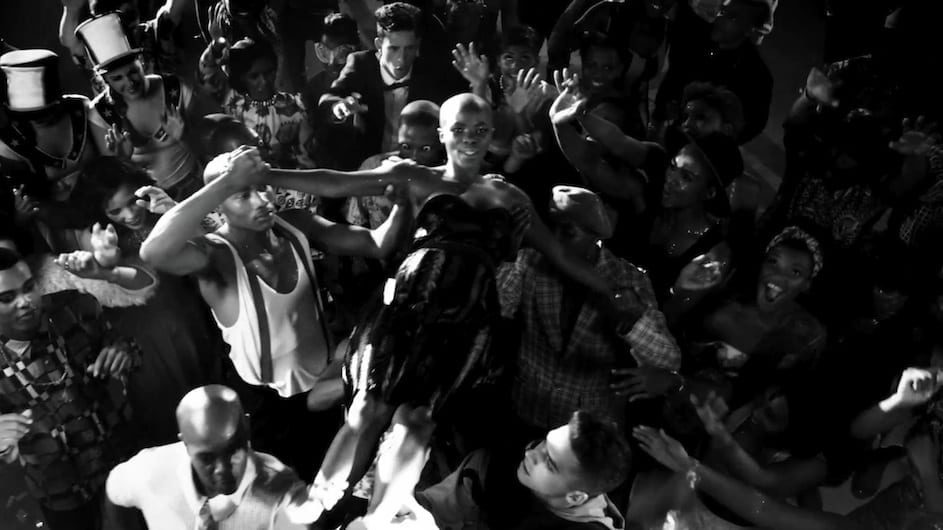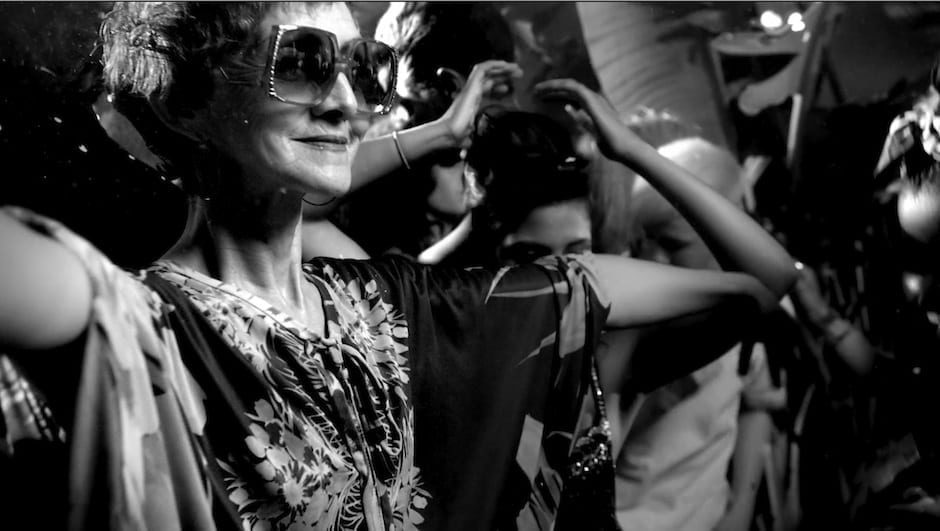Spending daaaays in a dark room judging the shortlist for our friends the Young Director’s Award while everyone else is outside by the pool and partying does have some bonuses. You get to see some brilliantly stunning work by new directing talents, like this one from Sam Coleman. Unfortunately Sam missed the entry deadline so we think you should see it NOW.
A quick from-there-to-here resume please of what led you to making films?
I’ve been art directing / creative for the past seven years, starting out working on adidas Original’s at 180 Amsterdam for 4.5 years then moving on to Mother New York for a couple of years, but I’ve always felt the most comfortable on production, working with photographers, and especially on film projects with directors & producers.
So I’ve dreamed of crossing over for a long time. And on my last visit to Cape Town the conversation with Giant Films began and progressed, so here I am, back home to make films.
Your Freshlyground video is clearly rooted in South African culture and yet it speaks to an international audience. How did the film’s narrative evolve? It’s a performance piece but was it your response to the lyrics?
It’s definitely a response to the track. It represents a departure for the band in terms of their sound, a little bit darker and more now…so it called for a certain treatment.
The track had a magical and slightly darker than usual feeling for Freshlyground, so it’s kind of a literal interpretation – Take Me To The Dance, but seen through a slightly off or twisted lens. I wanted to make a rich, distinct world for the video. A dancefloor where anything goes, maybe a little twisted at times but also somewhere you would have a great night out.
I knew I wanted the characters on the dance floor to be very eclectic and represent a good cross section of South Africa and I feel that this was delivered by the casting. I was blown away by the variety of people that showed up. Cape Carnival Minstrels, strippers, kids and their mama’s, androgynous types, cross dressers, roller girls, zombie shake dancers, booty dancers and everything else inbetween.
You would never get a mix of people like that showing up to a casting in L.A or London. And they drove the result. The atmosphere on the dance floor is real.
The groove is infectious. The idea is that everybody who hears it lets loose all inhibitions as we see on the dance floor. I wanted Zolani, the singer, to be part of it but also to be almost removed at the same time which gave it a dream-like quality.
How did you get such a rich black and white tone – was that in the grade? The lighting? What did you shoot it on?
We shot on a mix of Alexa, and Red for the high speed stuff. So we had a rich base to work off already but still, we spent many, many hours in the grade. The lighting was actually pretty loose, but we kept it moving and dynamic.
What were the main challenges of the shoot and how did you overcome them?
The shot where she enters the dance floor and begins that journey is over a minute long and I had a rough idea but the choreography of the shot was pretty much done on the fly, and trying to make sure Zolani, the singer, who is tiny, stayed in front of the camera while people were going nuts was tricky, not to mention myself and the steady cam operator Gustavo Penna and DOP Michael Cleary were running backwards through it all, trying to hit our marks. But the atmosphere on the dance floor was great which gave us the results.
LINK:
















